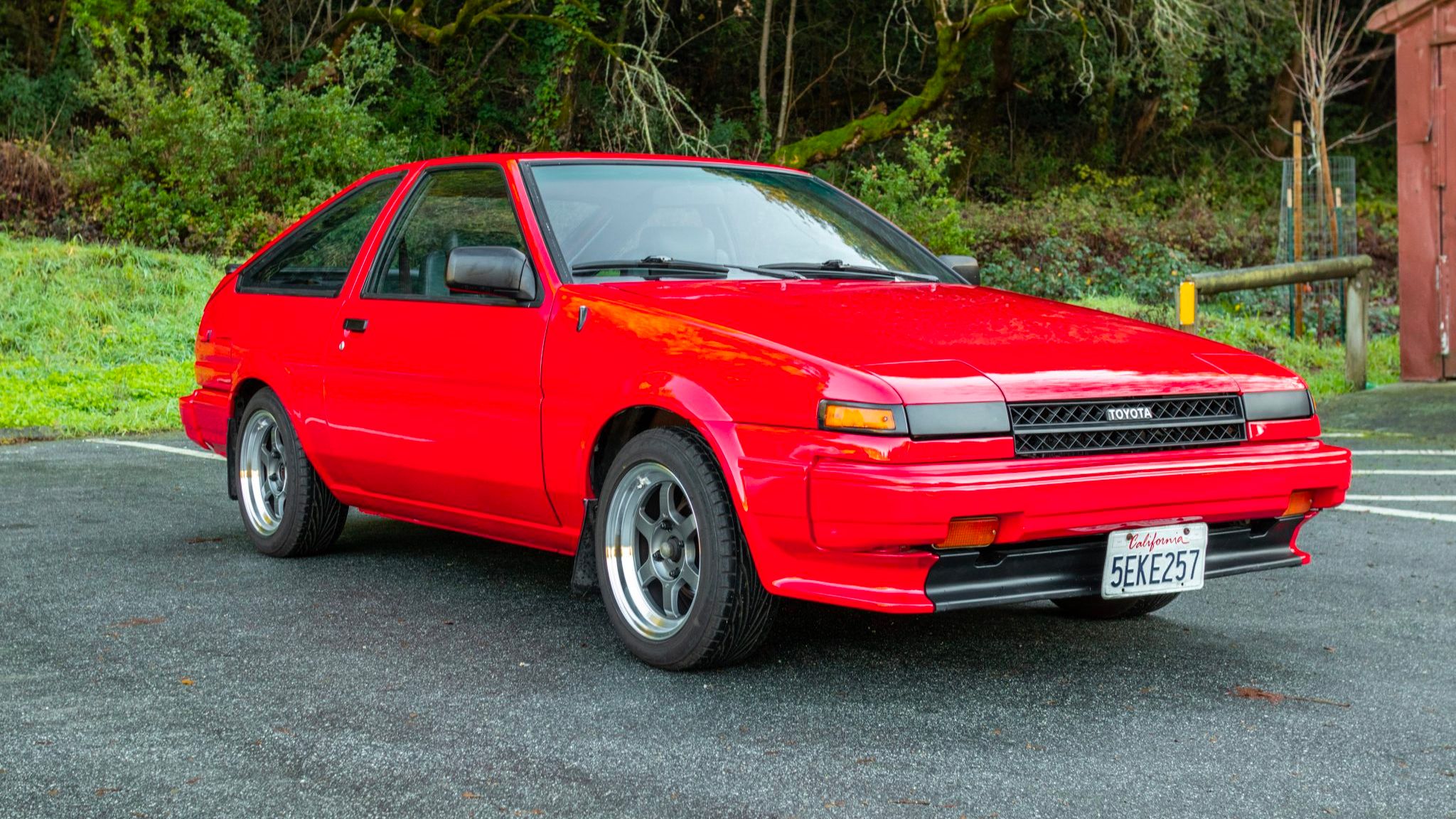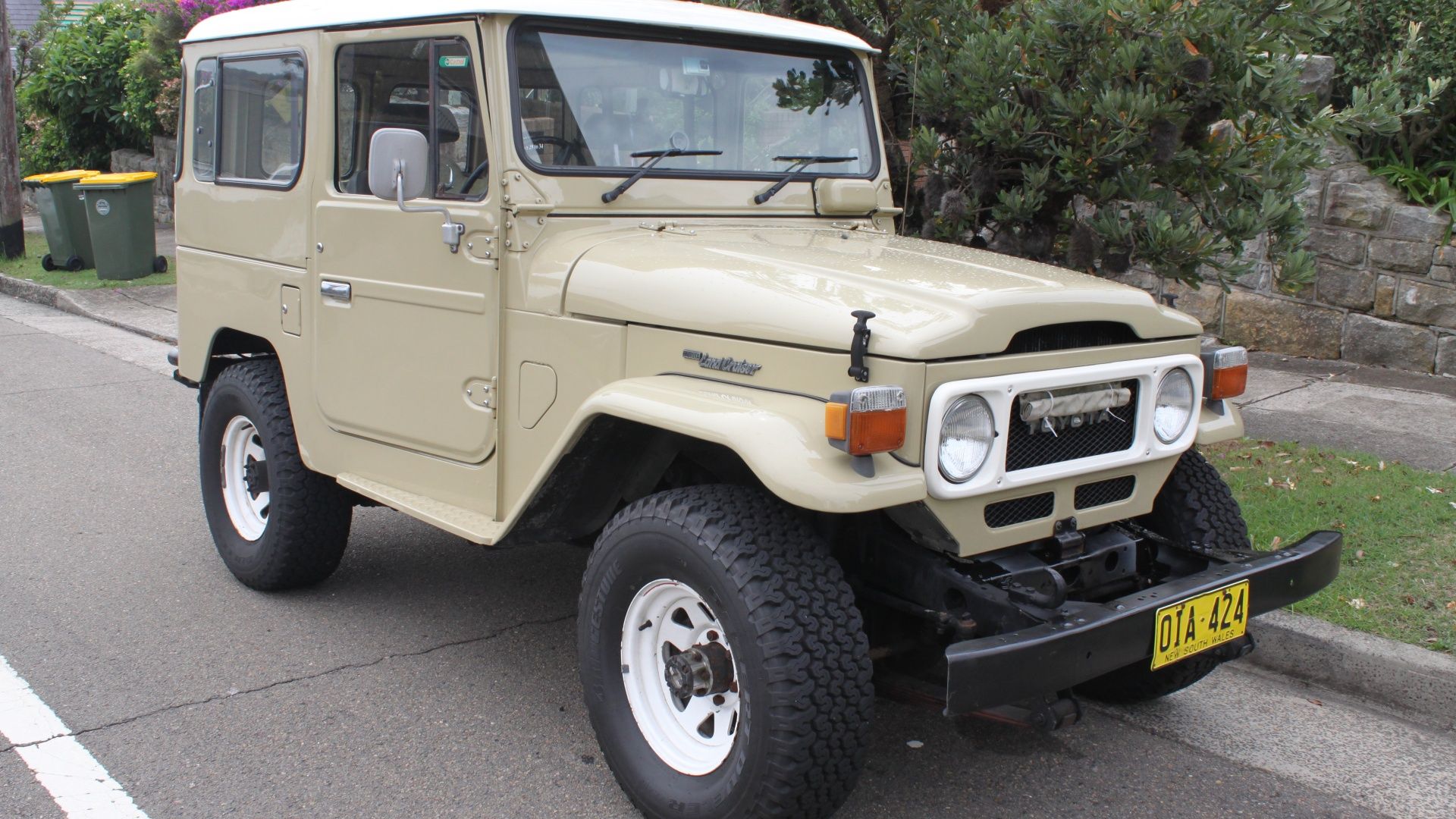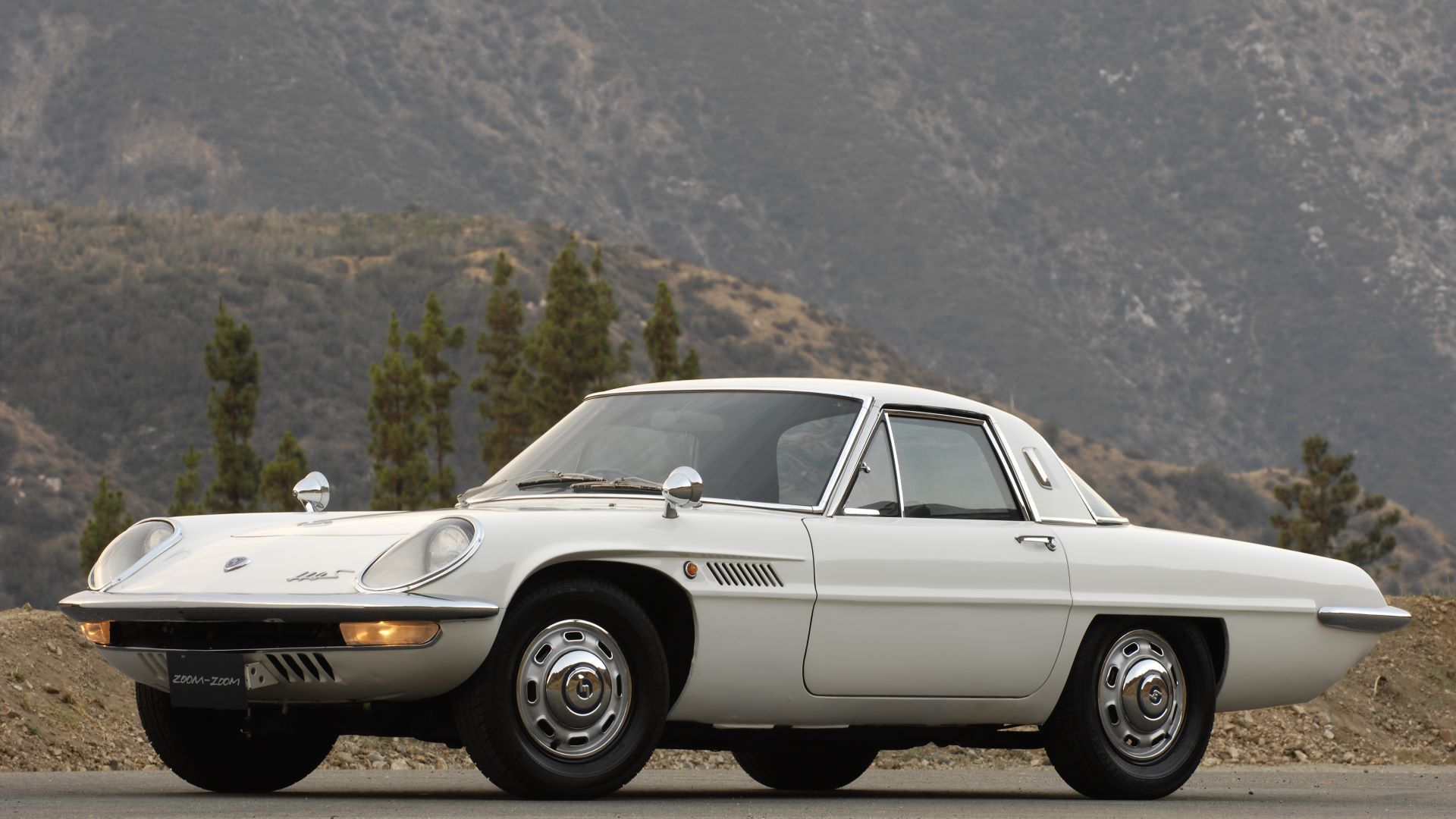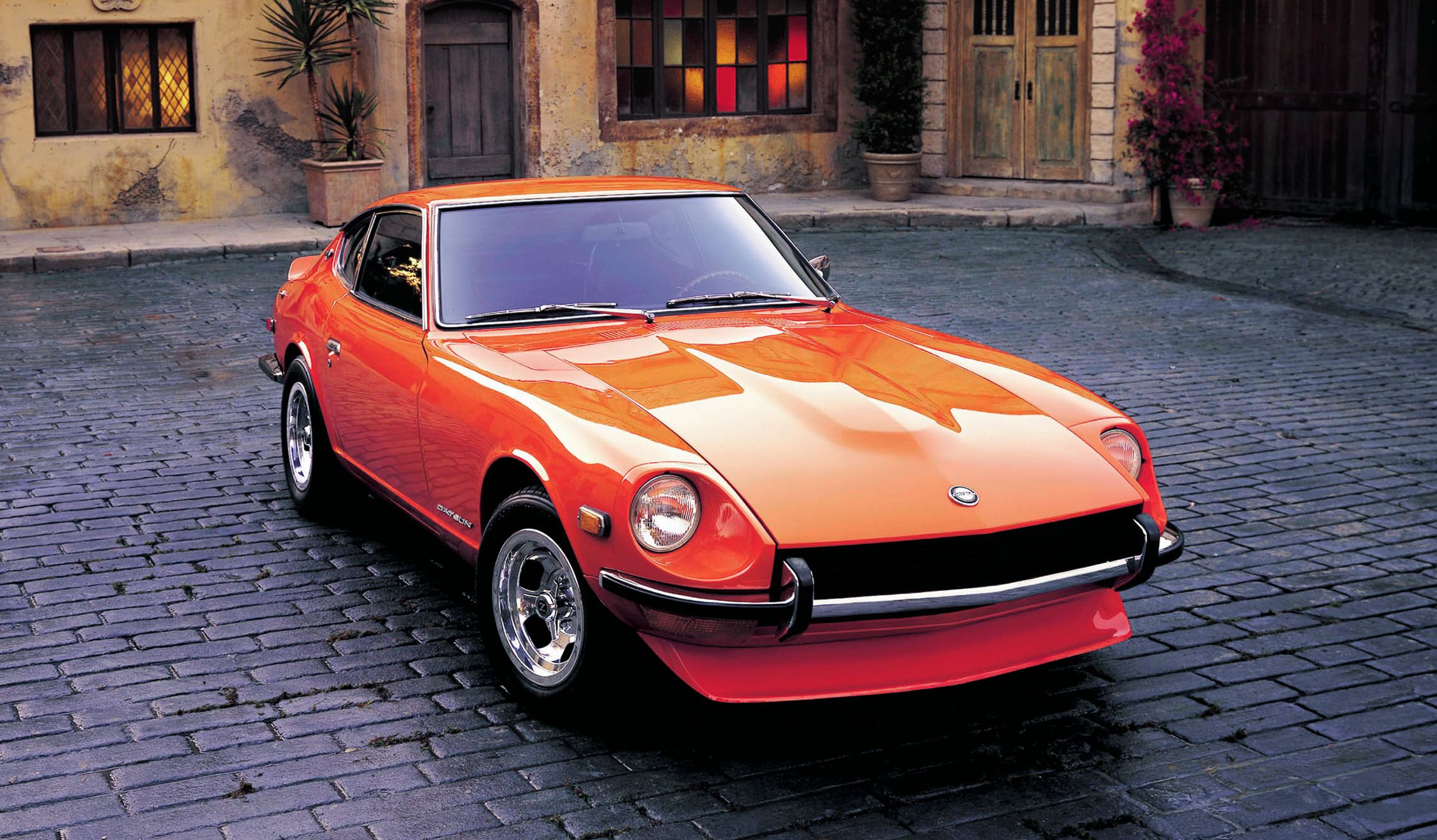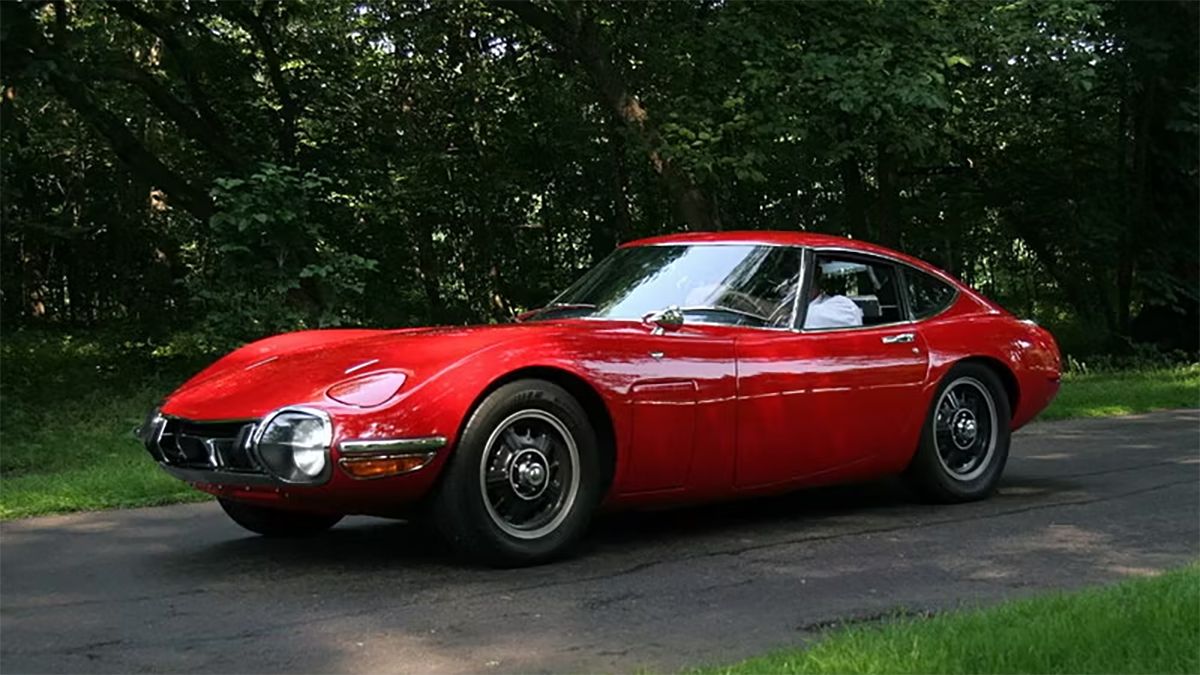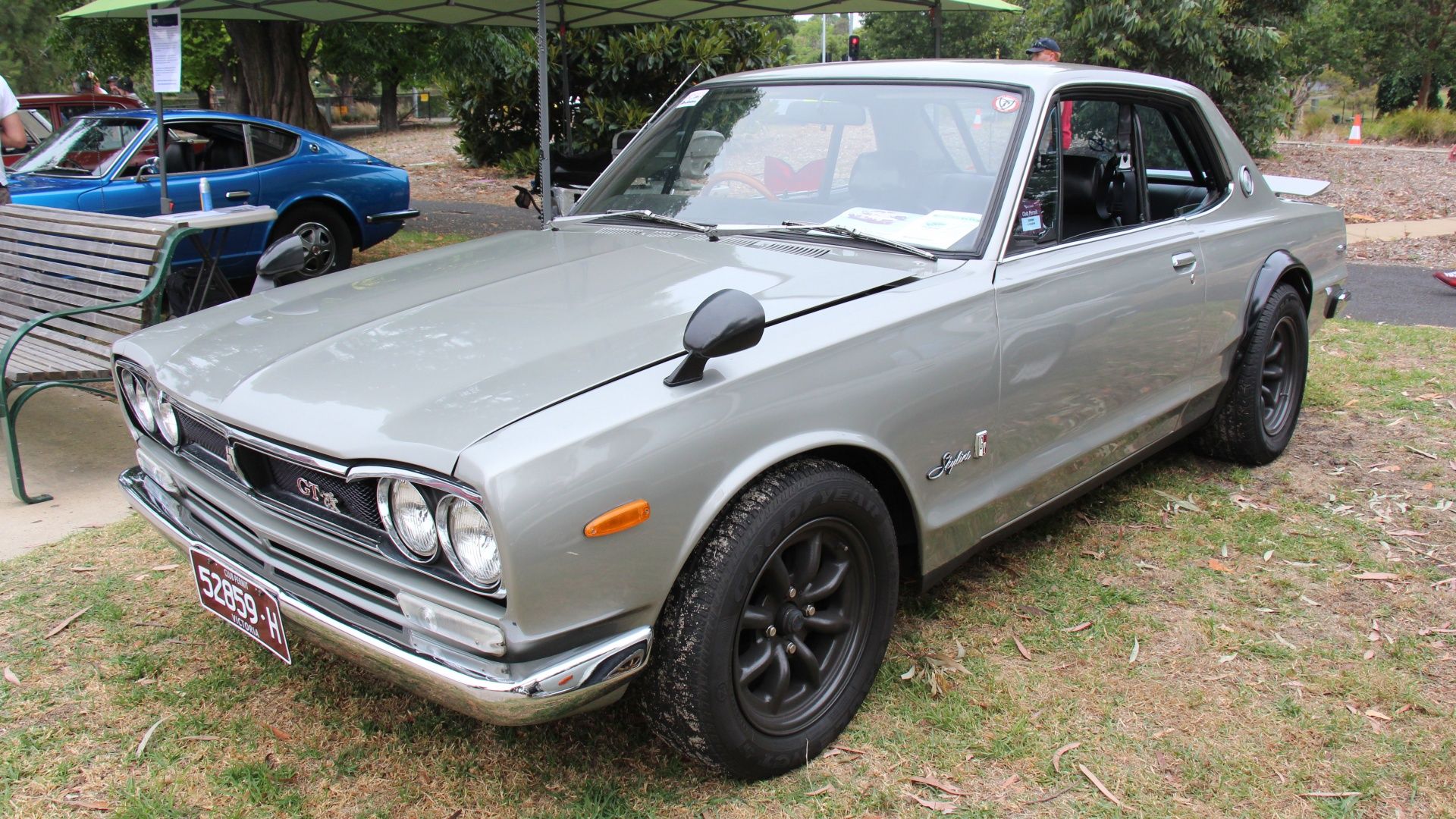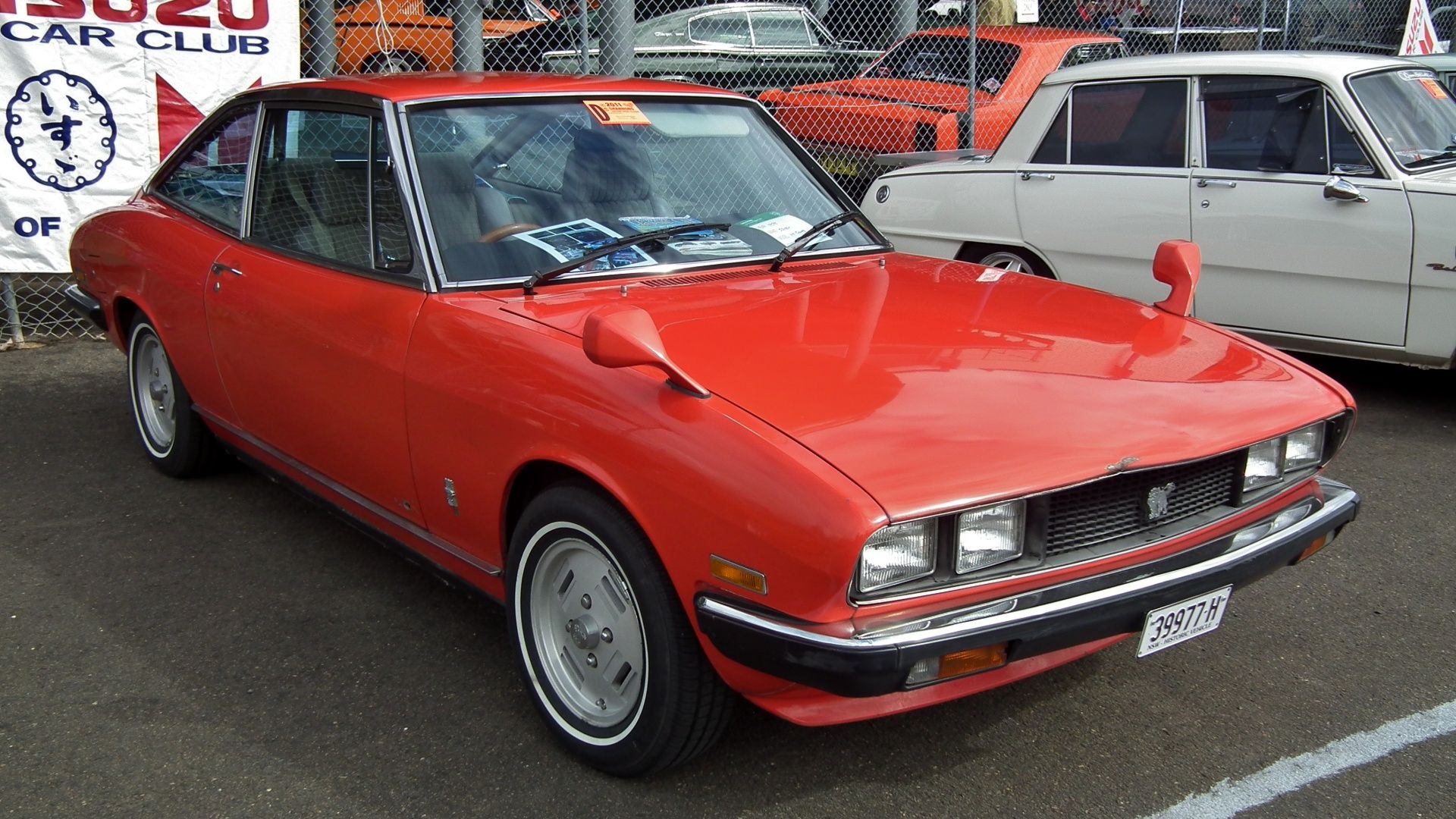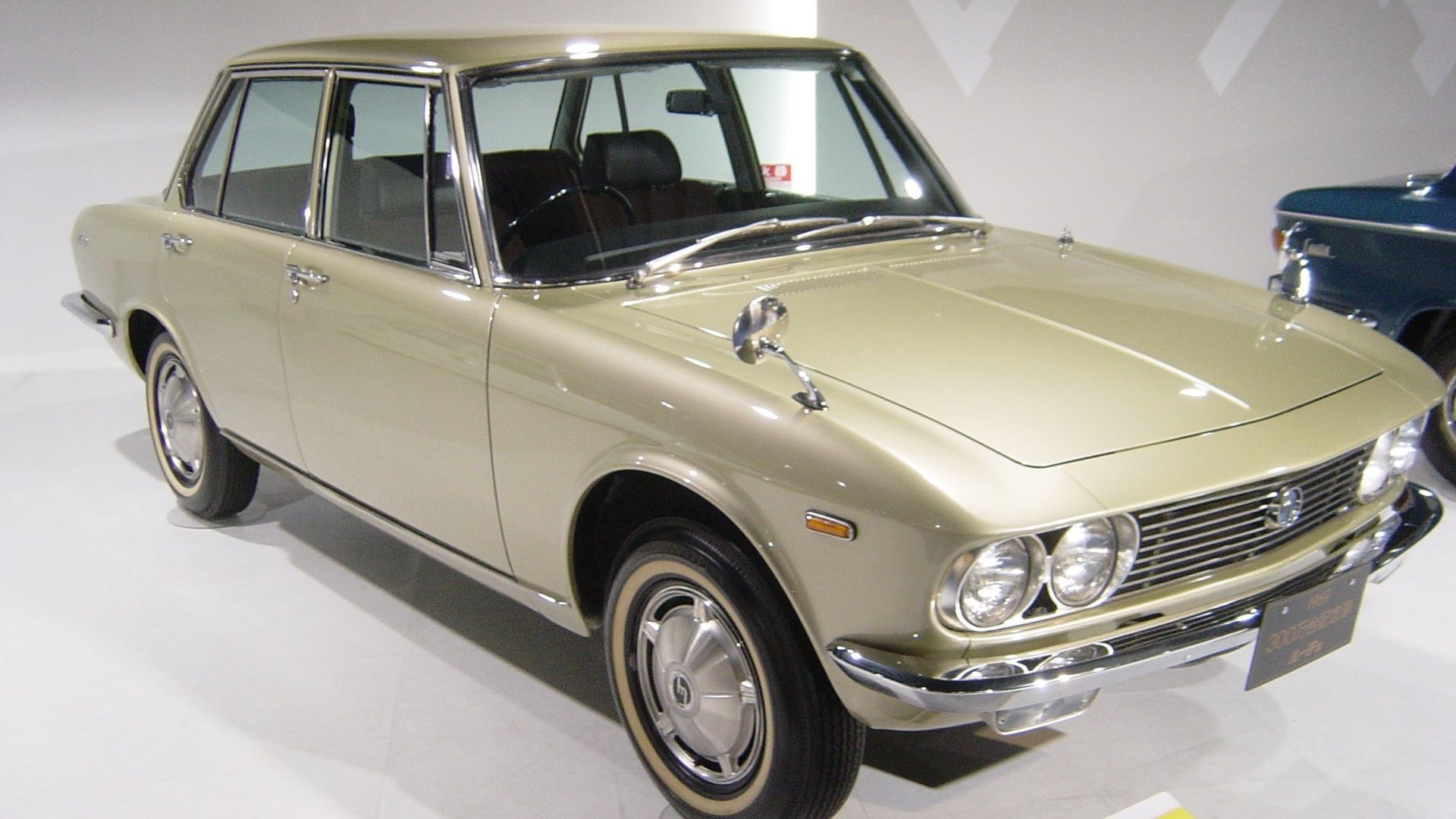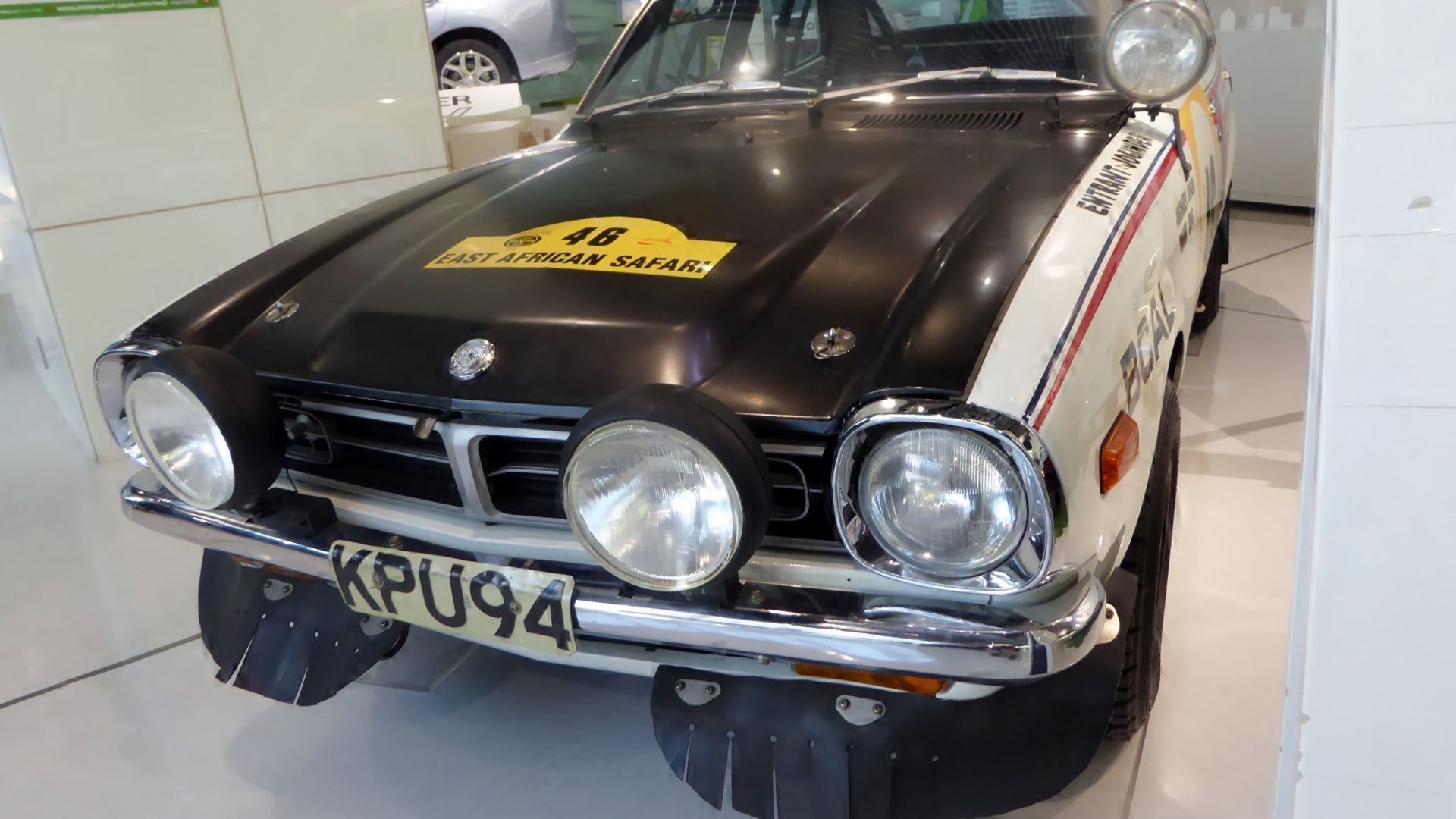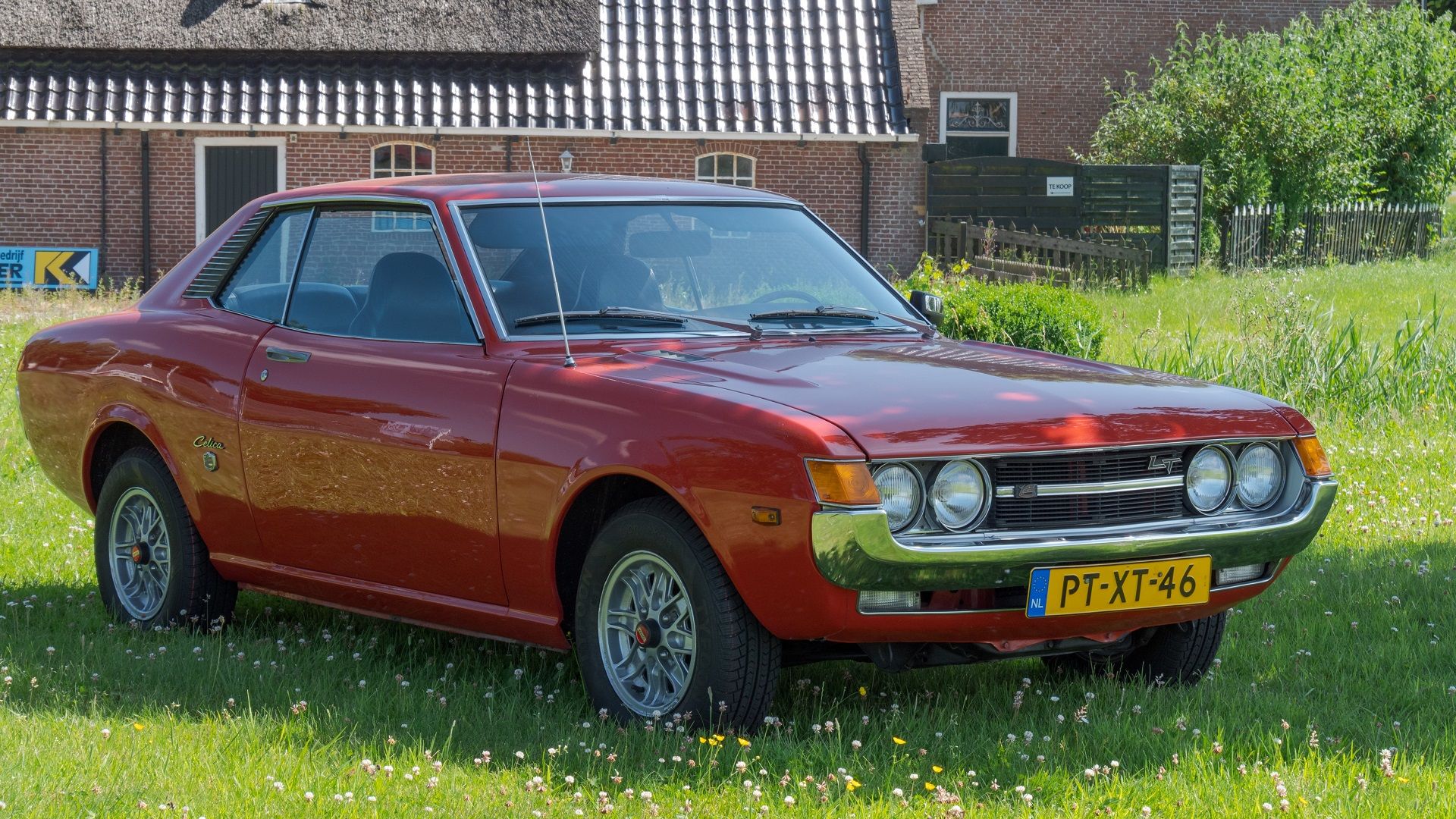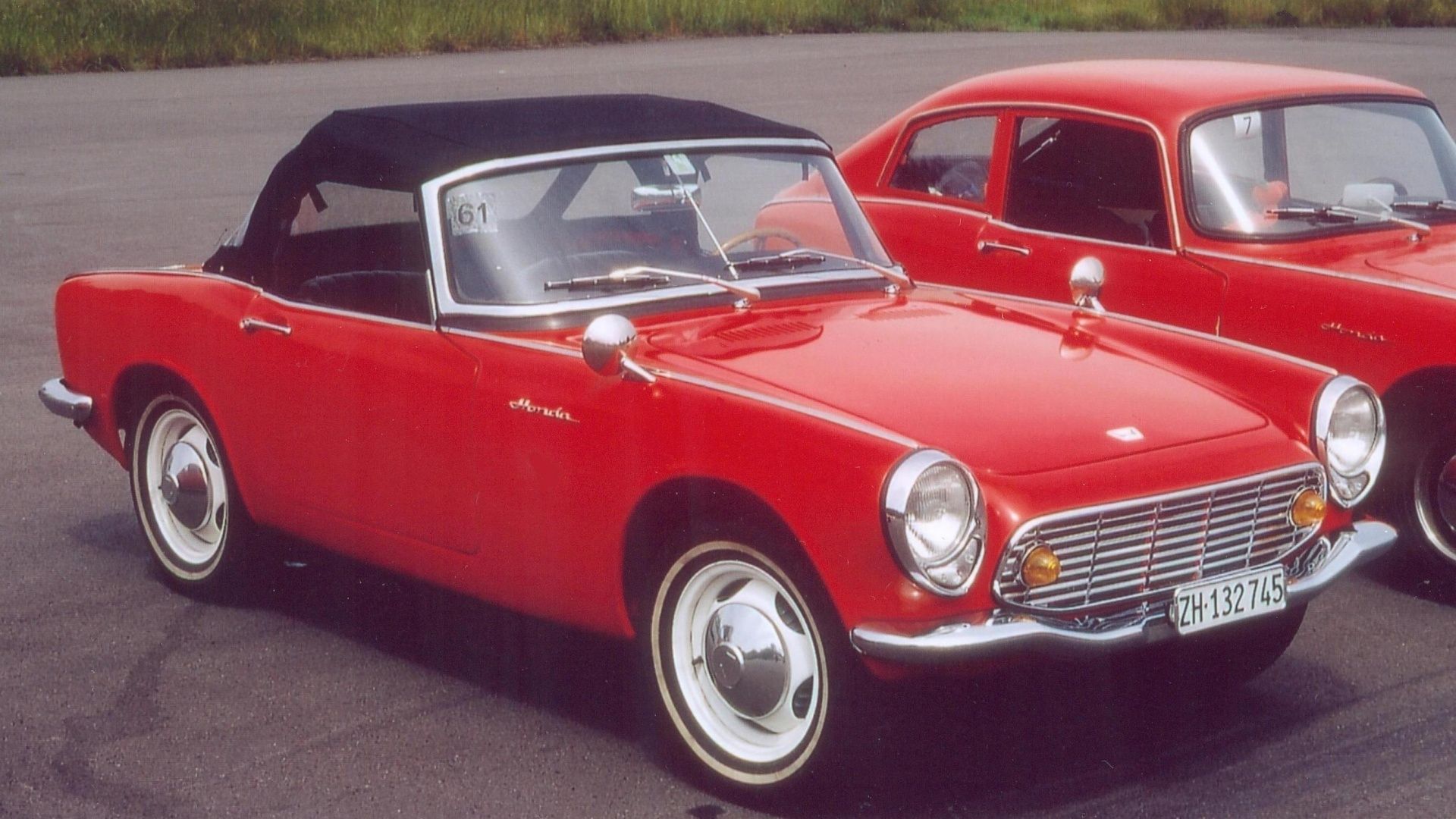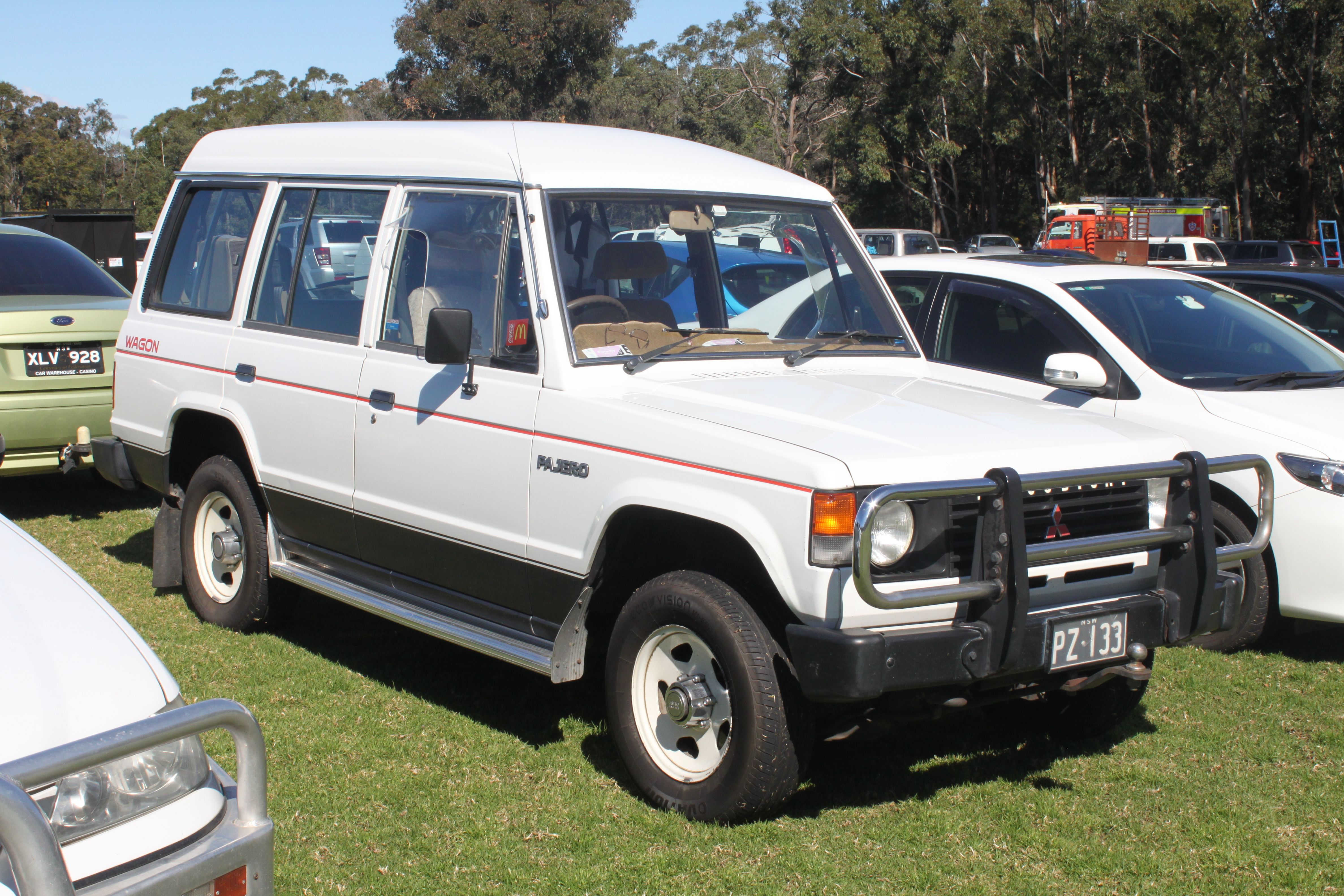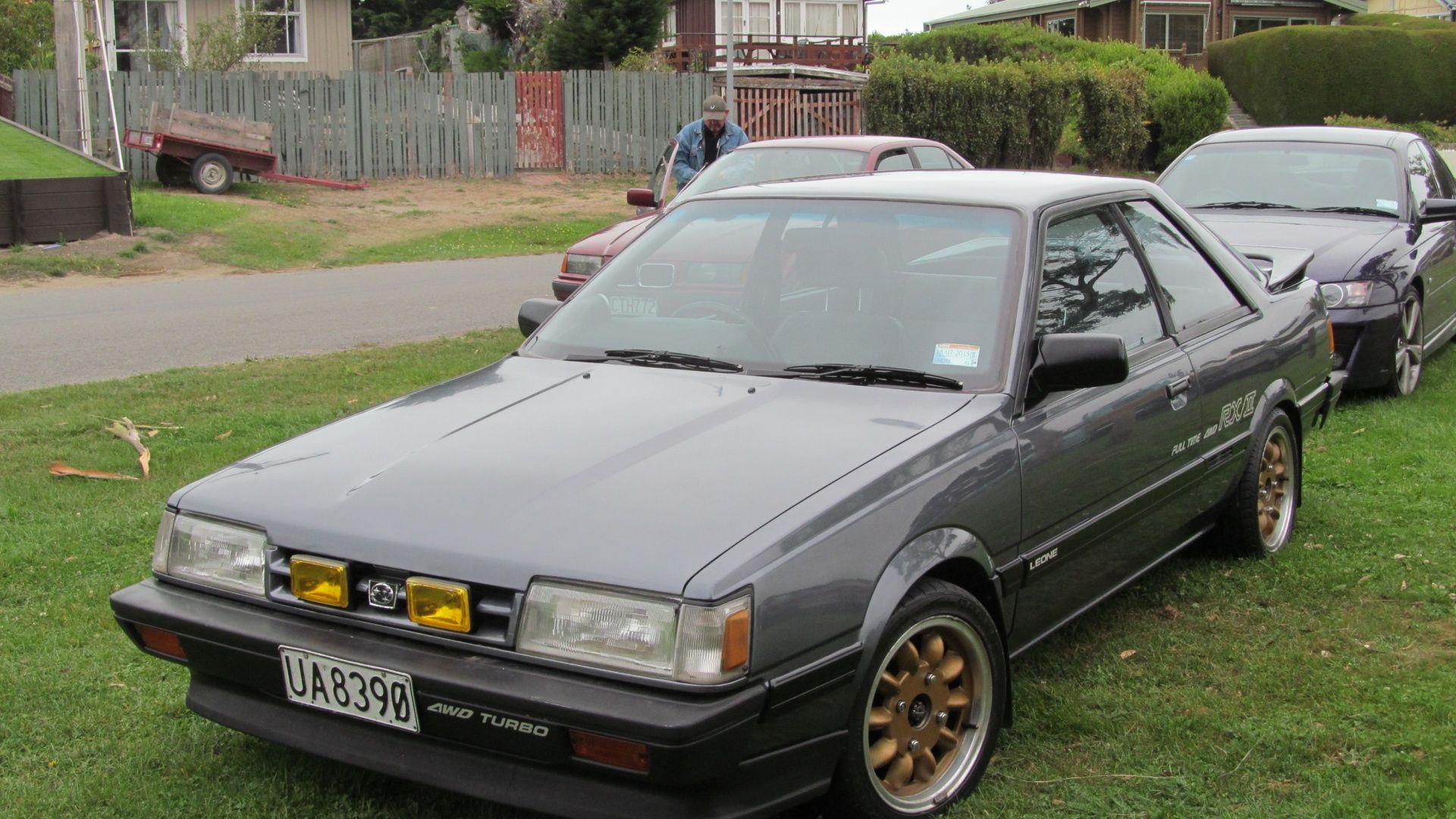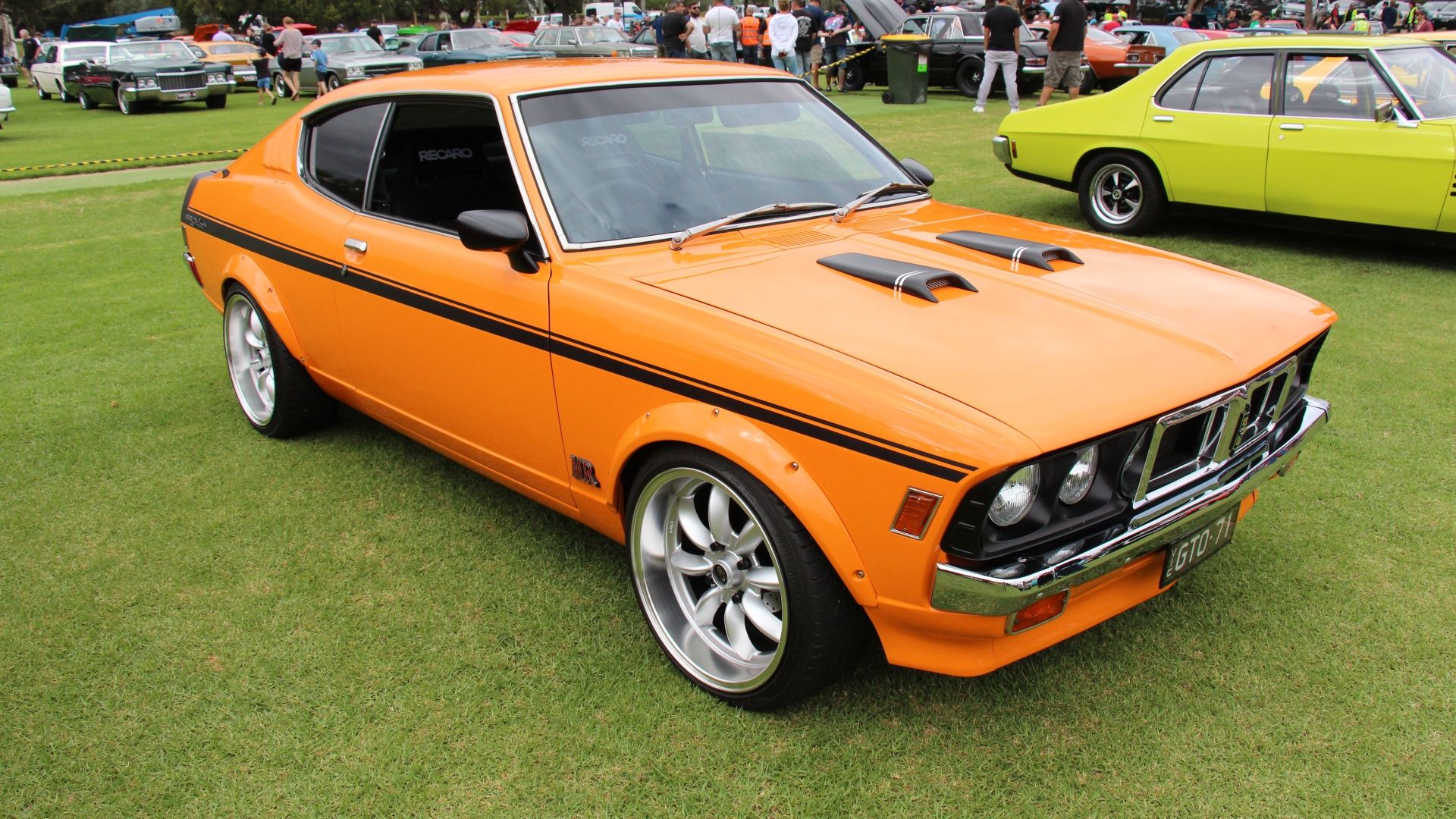
If I were to write about the history of cars, a single chapter wouldn’t be enough to talk about the Japanese car industry’s impact in shaping that history. I’d need a few chapters to properly encapsulate what Japan’s car history means to the larger history of the automotive world. From humble beginnings to global domination, Japan’s car scene has given so much to the auto world.
That includes some of the most iconic car models to ever hit the road. These ten models are classics in the basic sense of the term “classic.” More importantly, these ten models are classics because they’ve earned the right to be called one, whether it’s through sheer popularity or long-lasting impact in the business.
Updated June 10, 2023: Beyond the big four automakers of Japan, Mitsubishi has also produced some noteworthy models that deserve to be on this beefed up list of 15, and we have added three models along with the Honda S600 and the Subaru Leone.
1 Toyota Corolla GT AE86
The Toyota Corolla GT AE86 deserves a chapter of its own. The Corolla GT AE86’s list of accomplishments runs long and deep. That’s owed to the car’s nimble handling, responsive steering, and a 1.6-liter twin-cam engine. All of that came together to make the AE86 one of the best driving cars in the market and a go-to car for racers and drifters alike. Speaking of drifters, no less than Keiichi Tsuchiya, better known as the Drift King, drove the AE86 to reach his status as one of the greatest drifters of all time.
Toyota Corolla GT AE86 specifications
|
Engine: |
1.6-liter twin-cam engine |
|---|---|
|
Horsepower: |
112 horsepower |
|
Torque: |
100 pound-feet |
|
0 to 60 MPH: |
8.6 seconds |
|
Top Speed: |
118 mph |
As accomplished as the AE86 is, you can argue that the model’s greatest claim to fame is its starring role in Initial D, one of the most popular Manga comic series of its era. To this day, the Toyota GT AE86 remains a hot ticket item among fans and collectors. Good luck trying to find a good-condition AE86 today. If you do, prepare to shell out at least $30,000 for it.
2 Toyota Land Cruiser J40
Not every car on this list is of the performance variety. It’s a testament to the J40’s stature as one of the greatest SUVs of all time that Toyota produced the model from 1960 to 2001. That’s over 40 years of the same model hitting the market without interruption.
Toyota Land Cruiser J40 specifications
|
Engine: |
3.9-liter six-cylinder engine |
|---|---|
|
Horsepower: |
125 horsepower |
|
Torque: |
189 pound-feet |
|
0 to 60 MPH: |
n/a |
|
Top Speed: |
97 mph |
The Land Cruiser J40’s popularity also spurred numerous iterations, including the FJ40 and the 2FJ40. Through it all, the Land Cruiser J40 withstood more than just the test of time; it’s also become one of the most sought-after classic SUVs in the world.
3 Mazda Cosmo
When you mention the word “Cosmo” to car enthusiasts, a lot of them will immediately remember what is arguably one of the most important Japanese sports cars in history. But the Cosmo’s true claim-to-fame is its stature as one of the first production cars to feature a two-rotor Wankel rotary engine. The single-piston engine took the industry by storm when it was introduced.
Mazda Cosmo specifications
|
Engine: |
Two-rotor Wankel rotary engine |
|---|---|
|
Horsepower: |
110 horsepower |
|
Torque: |
96 pound-feet |
|
0 to 60 MPH: |
8.2 |
|
Top Speed: |
115 mph |
The rotary engine was not only smaller and lighter than conventional engines, but it also produced more power and had a higher-revving capacity than standard engines of that time. The history of Mazda’s Wankel rotary engine will always be tied to the Cosmo, making the latter one of the most important vehicles, not only of its era but the overall history of cars.
4 Honda Civic
Every model that has made it big in the industry has roots to a time when automakers were just trying to make an impact in the business. That sentiment holds for a lot of models these days, none more so than Honda’s super popular Civic compact sedan. At that time, Honda needed an economical, durable, and affordable car to beef up its automotive lineup after initially finding success in the motorcycle segment. That’s when the Civic came into the picture.
1972 Honda Civic specifications
|
Engine: |
1.2-liter four-cylinder engine |
|---|---|
|
Horsepower: |
73 horsepower |
|
Torque: |
74 pound-feet |
|
0 to 60 MPH: |
13 seconds (est) |
|
Top Speed: |
80 mph (est) |
It wasn’t the fastest car by any stretch of the imagination, nor was it the fanciest ride that money could buy. But it checked a lot of requirements that Honda needed for an affordable ride. It’s not a coincidence that the Civic turned into Honda’s first commercially successful vehicle. Since then, it’s become one of the most identifiable vehicles in the entire auto industry. It’s even evolved from a cheap subcompact to a sophisticated compact vehicle that’s teeming with a lot of Honda’s newest technologies. That’s how far Honda and the Civic have come in 40-something years.
5 Datsun 240Z
What else has to be said about the Datsun 240Z that hasn’t been said already? Also dubbed the Fairlady Z, it arrived in 1970 at a time when safety regulations effectively placed domestic performance cars in a state of flux. As people started to look elsewhere to satiate their thirst for vehicular performance, the 240Z arrived like manna from the skies, packing a 2.0-liter straight-six SOHC engine that produced a stout 130 horsepower.
Datsun 240Z specifications
|
Engine: |
2.4-liter inline-six engine |
|---|---|
|
Horsepower: |
151 horsepower |
|
Torque: |
146 pound-feet |
|
0 to 60 MPH: |
Eight seconds |
|
Top Speed: |
126 mph |
It helped, too, that the 240Z stood out from the crowd with a drop-dead sexy design that reminded folks of exotic European cars of that era. From the Porsche headlights to the Jaguar body to the Aston Martin profile, the 240Z was an affordable performance car that looked way more upscale than it actually was. American car buyers gravitated towards the 240Z like moths to a light, and to this day, the “Fairlady” remains a hot ticket item among car collectors and enthusiasts.
6 Toyota 2000GT
Much like Honda, Toyota wasn’t the car brand that it is now. There once was a time when the Japanese auto giant was an obscure automaker with dreams of selling cars in the U.S. in small quantities. One of its models, the 2000 GT, was a small but peppy Japanese sports coupe that sported an underrated six-cylinder engine. Its arrival in foreign markets, the U.S. most notably, helped put Toyota on the map.
Toyota 2000 GT specifications
|
Engine: |
2.0-liter inline-six engine |
|---|---|
|
Horsepower: |
148 horsepower |
|
Torque: |
129 pound-feet |
|
0 to 60 MPH: |
10 seconds |
|
Top Speed: |
128 mph |
Not only did it look astonishingly sexy, but the aforementioned six-cylinder unit had enough bite (150 horsepower) that it delivered impressive performance capabilities to go with racecar-like handling credentials. It’s an understatement to say that Toyota struck gold with the 2000 GT. Toyota didn’t sell too many 2000 GTs in the U.S., but it did do something far more important than putting money in the automaker’s coffers; it introduced Toyota to a region that would end up becoming the automaker’s largest market in the world. That’s called impact, folks.
7 Nissan Skyline 2000 GT-R Hakosuka
When you’re talking about Japanese performance cars, no name can elicit swoons and over-the-top gasps like the Nissan Skyline GT-R. That’s what the OG Skyline GT-R looked like. But underneath the boxy profile and the squared lines sat a 2.0-liter six-cylinder engine that produced 160 horsepower, enough to turn heads back in the late 1960s.
Nissan Skyline 2000 GT-R Hakosuka specifications
|
Engine: |
2.0-liter inline-six engine |
|---|---|
|
Horsepower: |
160 horsepower |
|
Torque: |
129 pound-feet |
|
0 to 60 MPH: |
8.1 seconds |
|
Top Speed: |
121 mph |
The Nissan Skyline GT-R will always be one of the greatest automotive marvels Japan has ever produced. That it was never imported to America has made it that much more expensive and highly collectible among car collectors the world over. Remember, whenever we talk about the car we know as Godzilla today, proper homage must go to the Hakosuka as well.
8 Isuzu 117 Coupe
Not a lot of people remember Isuzu as a carmaker, but back in the ‘60s, Isuzu built some ravishing car models, including the 117 Coupe. You don’t expect a Japanese automaker back then to come out with a coupe that carried stylish curves and swooping lines, but that’s exactly what Isuzu did when it rolled out the 117 Coupe.
Isuzu 117 Coupe specifications
|
Engine: |
1.6-liter inline-four engine |
|---|---|
|
Horsepower: |
118 horsepower |
|
Torque: |
105 pound-feet |
|
0 to 60 MPH: |
10.2 seconds |
|
Top Speed: |
120 mph |
Of course, the real secret here is that the 117 was actually penned by Georgette Giugiaro, which explains the car’s aesthetics. Isuzu enjoyed a lot of success with the 117 at the helm. Production lasted until 1981, and while the coupe wasn’t exactly a bastion of performance, it was elegant in ways very Japanese cars were back then. Good luck finding a well-maintained Isuzu 117 Coupe these days.
9 Mazda Luce 1800
The Mazda 1800 Luce wasn’t a powerful car, and it certainly wasn’t a fast one, either. In top form, the sedan was powered by a 1.8-liter engine that barely produced 100 horsepower. You’re not going to win a lot of races in the 1800 Luce. That much is certain. So why is this model on this list? For all intents and purposes, the Luce was Mazda’s moneymaker when it entered the U.S. market in the early 1970s.
Mazda 1800 Luce specifications
|
Engine: |
1.8-liter inline-four engine |
|---|---|
|
Horsepower: |
100 horsepower |
|
Torque: |
112 pound-feet |
|
0 to 60 MPH: |
12 seconds |
|
Top Speed: |
103 mph |
Like the Civic in Honda’s case, the Luce gave Mazda credibility and recognition outside of its home market, and the Japanese automaker has built on that credibility since then. On top of that, the Luce also remains one of the best-looking Japanese cars ever built. That’s a credit to Mazda’s decision to venture to Europe and have famous Italian design house Bertone pen the design of the Luce.
10 Mitsubishi Lancer 1600 GSR
Mitsubishi Lancer is one of the most iconic nameplates when it comes to Japanese performance cars. When combined with the Evolution moniker, the Lancer is a formidable rally car for the road. But the Lancer went rallying long before the “Evo” came to be. In 1973 Mitusbishi introduced the first-generation Lancer, internally-dubbed A70. The brand’s rally aspirations spawned the Mitsubishi Lancer 1600 GSR.
Mitsubishi Lancer 1600 GSR specifications
|
Engine: |
1.6-liter inline-four engine |
|---|---|
|
Horsepower: |
110 horsepower |
|
Torque: |
108 pound-feet |
|
0 to 60 MPH: |
8.4 seconds |
|
Top Speed: |
108 mph |
In Europe, the car was sold as the Cold 1600 GSR while the US got a rebadged, non-performance version called the Chrysler Valiant Lancer. The car was made to race off-road and propulsion was entrusted to a 1.6-liter inline-four with 169 horsepower and 119 pound-feet. While street versions were less-powerful, this is the Japanese classic car that paved the way for all of Mitsubishi’s future rally models, including all generations of the Lancer Evolution.
11 Toyota Celica
As much love as the Toyota Supra has received, it’s worth mentioning that it wasn’t the only performance car that helped Toyota become a big player in the global car scene. For those who couldn’t afford the admittedly pricey 2000 GT, Toyota built a budget-friendly sports coupe that still carried a performance vibe to it. Enter the Toyota Celica. The first-generation Celica arrived in 1970, and the model immediately took off.
Toyota Celica specifications
|
Engine: |
1.6-liter inline-four engine |
|---|---|
|
Horsepower: |
114 horsepower |
|
Torque: |
105 pound-feet |
|
0 to 60 MPH: |
11.5 seconds |
|
Top Speed: |
108 mph |
It lasted seven generations, spanning 36 years before Toyota shelved the nameplate in 2006. More than its longevity, the Celica proved that Toyota was also capable of offering an affordable performance model that allowed owners to enjoy the thrill of a Japanese-built sports coupe without having to pay too much of a premium for it. To date, the Celica remains popular among car aficionados, so much so that rumors of a return are never far from the surface.
12 Honda S500
In the past, Honda was known solely for its motorcycles. In 1963, the Japanese carmaker introduced its first sports car – the Honda S500. The compact, nimble sports car came as a soft-top convertible or a fastback coupe. This was, not just the first sports car from Honda, but also its first passenger car. The S500 is the first of three versions and featured a 531cc (0.5-liter), inline-four with 44 horsepower.
Honda S500 specifications
|
Engine: |
0.5-liter inline-four engine |
|---|---|
|
Horsepower: |
44 horsepower |
|
Torque: |
33 pound-feet |
|
0 to 60 MPH: |
18.5 seconds |
|
Top Speed: |
80 mph |
The S600 came a year later and was the most high-revving version of the car. With a redline 9,500 RPM, it was the most high-revving, road-going car for many decades and even today, very few cars manage to top that. Honda’s motorcycle roots were firmly imbedded in the small sports car, since the rear axle was chain-driven. The Honda S500 set the tone for future Honda roadsters like the iconic S2000.
13 Mitsubishi Pajero
Toyota’s Land Cruiser may be the definitive Japanese offroader, but from 1981, it shared the off-road scene with Mitsubishi’s Pajero. In modern days, the Pajero is a more budget-friendly alternative to the Land Crusier, but in truth, Mitsubishí’s off-road model was a lot more consistent in Rally Dakar, where it saw great success. When it came to the regular versions, sold to the public, the Pajero was sold as a five-door or a three-door, short-wheelbase SUV.
Mitsubishi Pajero NB specifications
|
Engine: |
3.0-liter V-6 |
|---|---|
|
Horsepower: |
139 horsepower |
|
Torque: |
165 pound-feet |
|
0 to 60 MPH: |
12.2 seconds |
|
Top Speed: |
99 mph |
4X4 was always standard and the Pajero came with a variety of petrol and diesel units. The range-topping variant introduced the 6G72 engine, which was most notably-used in the Mitsubishi 3000 GT (GTO in Japan). Mitsubishi is no stranger to partnering with Chrysler and between 1987 and 1989, the first-generation Pajero was sold in the US as the Dodge Raider. Regardless, the boxy Japanese SUV marked the beginning ot a long lineup of rugged Mitsuvishi offroaders, among which the legendary Pajero Evolution.
14 Subaru Leone
Subaru is mostly known for its rally-bred Legacy and Impreza models that dominated WRC throughout the years. The brand, occasionally, dipped into the sports coupe segment and its first attempt was with the Subaru Leone. First introduced in 1971, the Leone was a front-wheel-drive model that came in three generations. Four-wheel drive was always optional and in true Subaru fashion, only flat-four engines were available.
Subaru Leone 1st Generation specifications
|
Engine: |
1.6-liter flat-4 |
|---|---|
|
Horsepower: |
71 horsepower |
|
Torque: |
83 pound-feet |
|
0 to 60 MPH: |
17.1 seconds |
|
Top Speed: |
91 mph |
The first and second-generation Subaru Leone also introduced a pick-up version called the BRAT. The third-generation Leone came in 1980 and was the first Subaru to enter the World Rally Championship. The rally ream was led Noriyuki Koseki, who would later, found Subaru Tecnica International (STI). The Leone would, eventually, be succeeded by th Legacy, which in turn was replaced by the Impreza STI in Subaru’s rally efforts.
15 Mitsubishi Colt Galant GTO
The Galant nameplate first arrived in 1969, and is tyoicalyl associated with the brand’s most luxurious sedans. Granted, Mitsubishi is, rarely, associated with luxury, but in 1970, the Galant GTO arrived as the brand’s first model, officially recognized as a grand tourer. GTO stood for Gran Turismo Omologato, and is considered to be the rarest of the Colt Galant models. It was also a homologation special for the JCCA, but the OPEC oil embargo from 1973 meant the car would never see a racing circuit.
Mitsubishi Colt Galant GTO MR specifications
|
Engine: |
2.0-liter flat-4 |
|---|---|
|
Horsepower: |
123 horsepower |
|
Torque: |
105 pound-feet |
|
0 to 60 MPH: |
8.9 seconds |
|
Top Speed: |
124 mph |
Like other Japanese coupes from the time, the Galant GTO resembled a downsized, American Muscle car. Instead of torquey V-8 engines, Mitsubishi’s coupe came with inline-four engines ranging from 1.6 to 2.0 liters. The MR edition was the range-topped, powered by a 4G52 engine with 125 horsepower. The Galant GTO is Mitsubishi’s first luxury-sports car and would pave the way for future models like the GTO/3000 GT.
FAQ
Q: Where to buy classic Japanese cars?
Classic Japanese cars are available in a lot of places, including dedicated dealerships and online car sites. You can score good deals in any of these places, though the rarer the classic, the pricier they are.
Q: How to buy Japanese classics?
If you’re buying a Japanese car that’s deemed a JDM, you’re going to have to go through a long and stringent process that includes plenty of paperwork on the authenticity of the said car. It’s easier to buy a Japanese classic JDM that’s already located in the U.S. That means that it already went through the proper channels to become legal to purchase.
Q: What do people think about Japanese Classics?
Classic Japanese cars have gained popularity in recent years as prime collectibles, in part because a lot of these models only became legal to be imported to the U.S. in recent years. The demand for these cars has skyrocketed as more have become available to purchase.
Q: Are Japanese Classics legal in the United States?
Classic Japanese cars are legal in the U.S., provided that they are over 25 years old, and meet the exemptions laid out by EPA and FMVSS regulations.
Q: Are classic Japanese cars valuable?
Some classic Japanese cars have become valuable in recent years as more of the models become available in the U.S. The demand continues to stay on an upward trend, so expect a lot of these classics to gain prestige in the coming years. The more prestigious they are, the more expensive and valuable they become.
